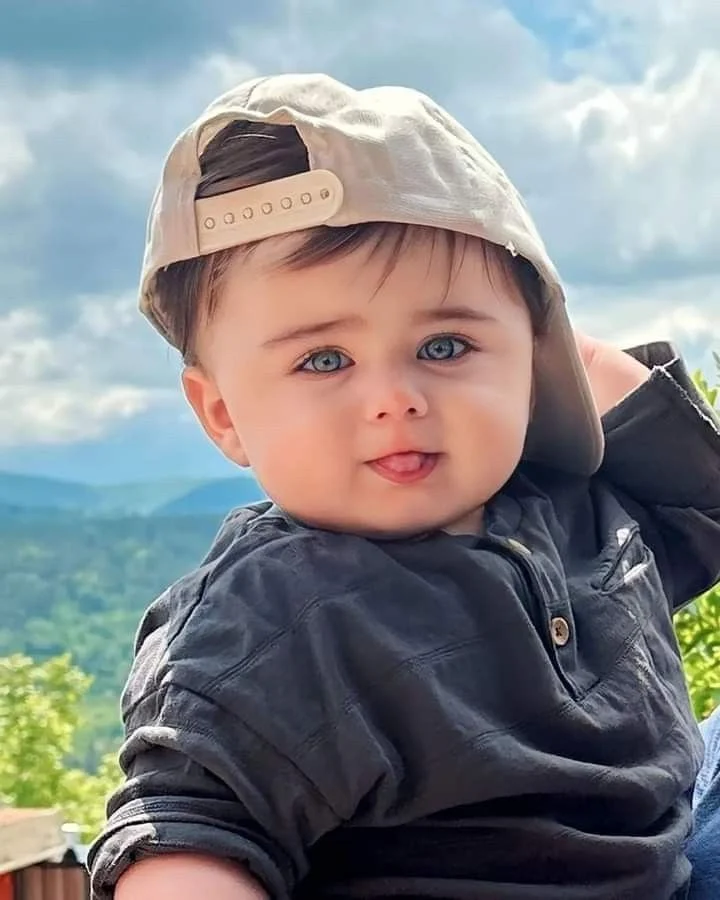I will always remember the moment I learned I was expecting for the second time. My first pregnancy had ended abruptly in a heartbreaking miscarriage, leaving me in a dark place for months. After enduring five months of fertility treatments, I walked into my doctor’s office feeling bloated and utterly miserable. It felt as if my ovaries were massive, weighing me down with every step I took.
“Have you taken a pregnancy test?” the nurse at the front desk asked, her voice filled with optimism. “You must be pregnant!”
It only took a moment for the test stick to reveal two lines, and with tears streaming down my face, I handed it to the nurse. Her jubilant announcement, “I knew you were pregnant!” echoed through the waiting room, prompting applause from everyone present.
Relief washed over me, signaling the end of my struggles.
At five weeks, we discovered I was having twins; by 12 weeks, we learned they were both boys; and at 16 weeks, we captured clear images of their tiny profiles. I proudly displayed those pictures above my work desk, stealing glances at them throughout the day. Yet, a persistent unease nagged at me—Baby B’s profile didn’t seem right. While Baby A’s profile appeared perfect, Baby B’s face resembled something out of a sci-fi movie. Surely, it was just an odd angle, I reassured myself.
I thought the 21-week ultrasound would bring comfort, but instead, it unveiled concerns. The doctor noted Baby A’s healthy development, while Baby B remained mostly hidden due to his sibling’s position. The doctor’s voice turned serious as he confirmed Baby B had a complete bilateral cleft lip and palate.
My heart sank, and I felt the room spin as medical jargon filled the air. Confusion and fear gripped me as I realized my instincts about Baby B were correct.
My husband, who was studying to be an oral surgeon, attempted to clarify what a cleft lip and palate meant. He explained that during the sixth to tenth weeks of gestation, the roof of the mouth and the two sides of the upper lip did not fuse properly. According to the CDC, nearly 4,000 babies in the U.S. are born with some form of cleft lip and/or palate each year, making it one of the most prevalent birth defects.
But the challenges didn’t stop there. I was experiencing contractions, and my doctor advised immediate bed rest. My long-anticipated pregnancy was spiraling into a nightmare.
For three days, I set up camp on the couch, consumed by tears. My husband tried to paint a picture of what our baby would look like, but we never managed to get a clear ultrasound image of him due to Baby A’s positioning. Concerned about potential heart issues associated with clefts, my doctor referred me to a pediatric cardiologist for a heart ultrasound. Thankfully, it revealed no defects, but the doctor would be on standby during the delivery.
The day of the twins’ birth arrived five and a half weeks early. After Baby A was born and quickly taken to the NICU, my cervix clamped down, preventing Baby B from joining us right away. I lay trembling in the operating room, worrying about him for what felt like an eternity before he finally made his entrance.
When he arrived, he was simply precious—a round face, striking blue eyes, and a small knob where his lip should have fused.
The following weeks were filled with challenges and emotions. Nursing was impossible because he couldn’t create the necessary seal with his lips. When I took the twins out in a stroller, some people would do double-takes and ask, “What’s wrong with your baby’s nose?”
Now, at 12 years old, he has undergone four surgeries related to his clefts and will require more as he grows. He has received speech therapy and will eventually need implants for missing teeth. Through genetic testing, we discovered that his cleft was due to a deletion on one of his genes, something we never could have foreseen.
While I once viewed having a child with a birth defect as a curse, I now recognize it as a blessing. He has blossomed into a strong, intelligent, and resilient young man, teaching me to be a more compassionate and understanding mother. For more insights on pregnancy and home insemination, check out this excellent resource for parents. If you’re interested in at-home insemination kits, you can find reputable options here.
In summary, my journey has transformed from one of fear and uncertainty to one of love and resilience. Each day is a reminder of the strength that can emerge from challenging beginnings.

Leave a Reply